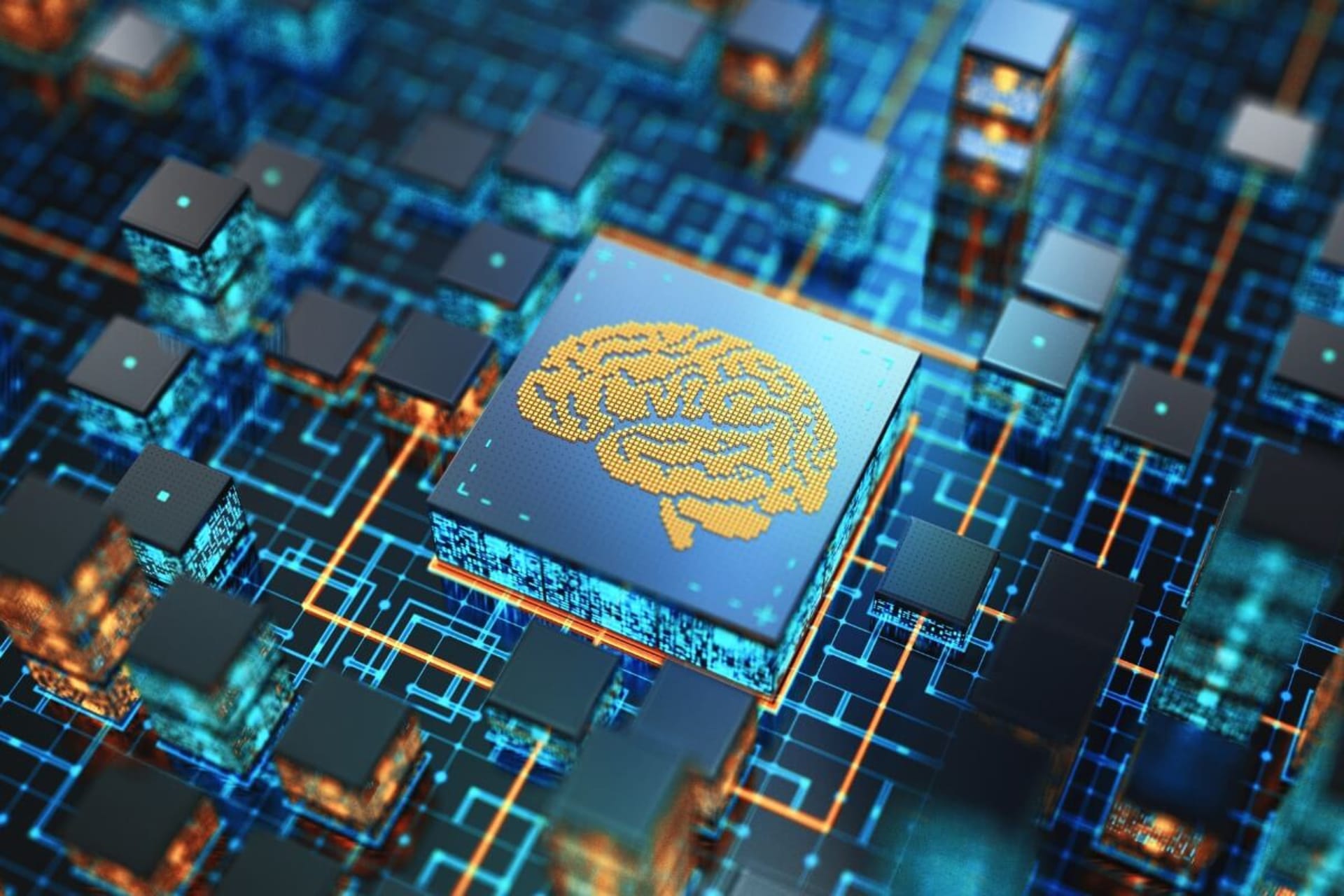By Enrique Ruibal, Software Engineer at BairesDev.
I have always been interested in improving how we approach and carry out daily tasks, hoping to become more productive individually and as a team player. I often realize this got me to pursue a major in Industrial Engineering and, later on, to self-study computer programming, among many other endeavors. How could I ever forget writing my first program using the Pascal language, although this might sound utterly unfamiliar to most of you?
Those were the old days of the best-seller success of Reengineering the Corporation: A Manifesto for Business Revolution by Michael Hammer and James Champy (2006), where the authors shamelessly proposed how we should be rethinking business processes and enabling the role of information technology to revolutionize the enterprise.
But enough of my rantings from the past. The point I want to bring to your attention today is the fact that since the early days of our digital era—around the 1960s and early ’70s—until pretty much the end of the past decade, we could primarily relate the term “user interface” (UI) to typing words on a screen or digital device and wait for validation from the computer program we were interacting with.
Somehow, this remained unchanged even after the massive adoption of mobile devices. However, specific purpose-built apps started to make a difference, like Apple’s Siri, first released in 2011. Back then, it had a very focalized use as a basic voice assistant.
What is conversational UI?
We can put together several definitions of it, but in a nutshell, it is giving the user the ability to interact with a computer on human terms. This, as I mentioned earlier, this is a paradigm shift from traditional techniques, interacting with the keyboard and using icons to point and click on the screen monitor.
That said, it is worth noting that conversational UI is quietly evolving into the interface of the future. It is rapidly taking off from its incipient role of voice assistant due to its demonstrated capacity for efficiently blending with other top technologies, such as big data, artificial intelligence, and machine learning. This gives way to conversational UI that better empathizes with human needs, internally and externally, company-wise.
Let’s talk about some real benefits
We may soon capitalize on some of these benefits. From an employee perspective, it contributes to deterring frustration and lack of productivity by quickly addressing internal problems and providing solutions leveraging chatbots. These help answer questions and allow people to become more productive and committed.
On the customer side, conversational UI dramatically shortens the path in service workflows that might require intervention from different stakeholders, thus increasing overall customer satisfaction and higher retention rates. This will translate into more business sectors acknowledging additional benefits, such as retail, media and content, research, and consulting companies. These industries are likely to derive additional value from conversational UI.
Getting down to it
It is currently possible to get a chatbot up and running with relatively low effort. The starting point is creating the “brain” with several phases that train the chatbot by suggesting alternative ways the user might express their intent or intention.
The next step is the build phase, where the developer “trains” the bot on several actions to trigger from. When it recognizes what the user typed, it is like building “skills” for the chatbot, identifying mandatory requirements for the rest of the conversation. This phase provides the bot with additional capabilities, such as replying with rich text messages and other structured information, like using buttons, selection lists, images, and link redirects to connect to different data sources.
The following phase is the connection to the final interface. The default is usually a basic web client, such as the Intercom chatbot and the likes we have become familiar with.
The final phase is monitoring. This is an important differentiator compared to classic UIs because it allows the team to keep the conversation logs and identify usage metrics. This delivers relevant analytics we can leverage to train the bot and improve its overall performance and success rate.
Wrapping it up
Where do we go from here? As the old saying goes, the sky is the limit. It does not take much to see the vast potential this convergence of trending technologies is already contributing to improving people’s lives and the overall user experience.
As we continue to see exponential growth in connected devices and even faster internet services with an abundance of user data, the “tech of the future” products—such as computer vision, IoT, artificial intelligence, and machine learning—are entirely changing our digital interactions and the UX landscape.
It is fair to conclude that conventional UIs will disappear as we know them, although not wholly, as a significant part of user input, such as web forms, will continue to be used.
Artificial intelligence techniques and machine learning algorithms can extract personal data and reuse it as needed to successfully complete job applications, travel bookings, and online purchases in the blink of an eye. However, let us consider that this game is far from over, as we will continue to challenge ourselves as software engineers, despite this technology’s brisk pace. It is part of our instinct. Humans will continue to strive for new and better ways to make our lives easier and more enjoyable for everyone.







